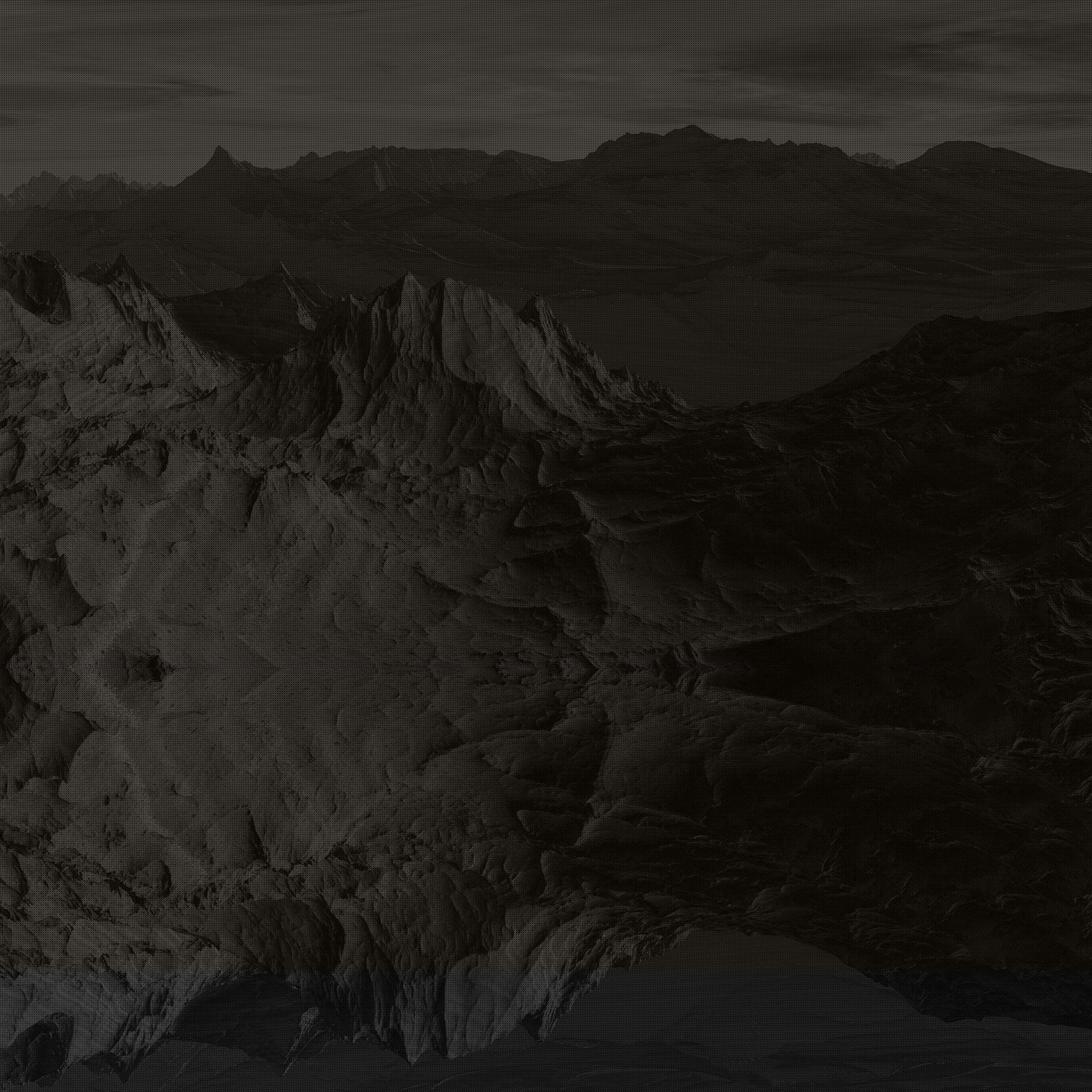Additional Inspiration: Neill Blomkamp
- Travis Parkes
- Nov 24, 2022
- 2 min read
Neill Blomkamp, as a VFX artist, captivates my interest. His background in the field grants him extensive knowledge and understanding of every aspect of VFX, which is evident in his three major film releases: District 9, Elysium, and Chappie. Chappie, in particular, serves as an inspiration for the visual style I aim to achieve in my project. It features a fully digital character seamlessly integrated into a live action setting, appearing astonishingly lifelike on the big screen.
Blomkamp approaches VFX shooting in a distinct manner, setting him apart from many CGI-heavy blockbuster films. His VFX elements are often illuminated by natural or commonly encountered light sources, resulting in seamless integration. Additionally, he employs handheld camera work in environments that exude a weathered appearance, in contrast to the pristine stages of large studios. While this shooting style may sacrifice the opportunity to showcase CG in a visually captivating way, it circumvents the inherent artificiality often associated with CG characters.
However, a significant aspect of Blomkamp’s shooting style revolves around environmental interaction. In many big blockbusters, CG characters are placed within CG environments and people are composited onto them using green screens. While this approach can be successful, the inclusion of tangible elements enhances the overall realism. Blomkamp, on the other hand, emphasizes the active involvement of CG characters with real-world environments. Given the medium of film, it is crucial for the CG to convincingly interact with its surroundings in motion. One effective technique is to ensure that CG leaves a lasting impact on the environment, such as footprints in the mud. By shooting in a way that maximizes these enduring elements and overall interaction with the environment, CG characters become more believable to the audience.
Applying this approach entirely to my project may prove challenging, as Blomkamp typically shoots the animation reference and motion capture data together with the rest of the scene, employing paint and replacement techniques afterward. The reason CG integrates so well with the real world in his films is because the environment itself is genuinely being interacted with.

While this concept could be intriguing to explore in a standalone test project—for instance, filming someone kicking a coke can, removing them from the shot, and replacing them with a CG robot—it may not be entirely feasible for a narrative-driven short film.
Therefore, the best approach I can adopt is to ensure that the camera work, even when stylistic, mimics how it would be used if the robots were actually people. Additionally, incorporating simple yet believable interactions becomes essential. Currently, my idea involves having the robots sitting on a wall, with one eventually jumping off, and later, one of them accidentally bumping its head against a wall. This approach forces the CG characters to build a narrative based on that live action environment, rather that it being an unrelated background plate.




Kommentare